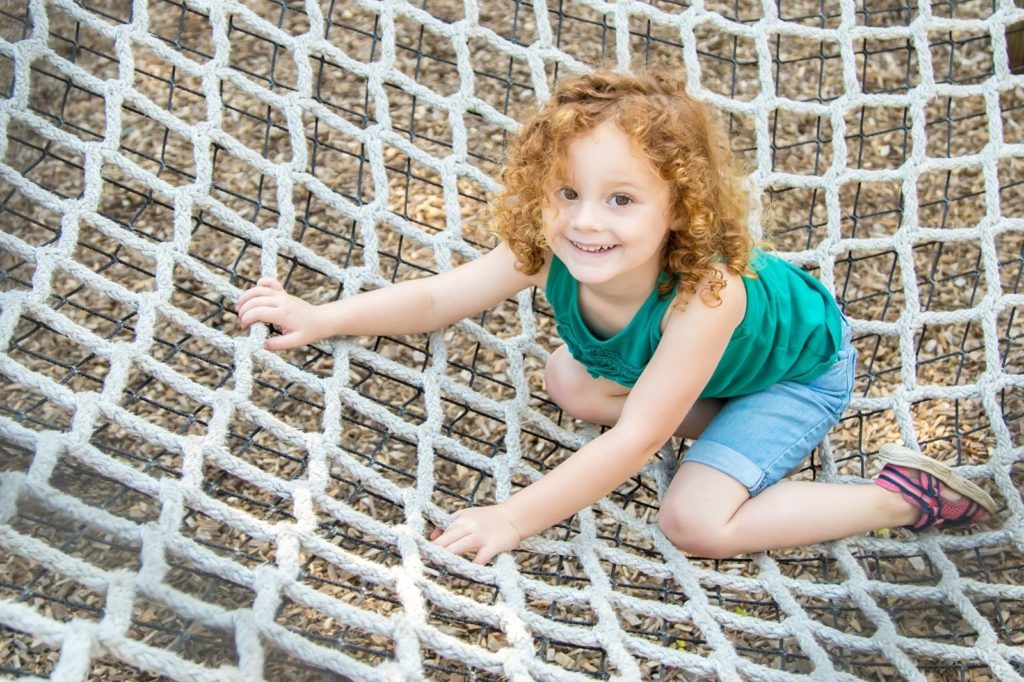That November morning started like any other. I was making pancakes in the kitchen while my 7-year-old daughter and 9-year-old son set the table. Their older brother Eric, 13, soon joined us, prompted by the delicious smell of bacon wafting through the air. As I doled out pancakes, I noticed a stack of books on the counter.
“Hey, buddy, I think those library books are overdue,” I said to Eric. “After breakfast, could you hop on your bike and return them?”
That request changed everything. Within seconds, Eric was in a full-blown rage, screaming expletives at me and his siblings. “Safety plan,” I told the younger two, who quickly got up from the table and exited the front door. They locked themselves in our car parked just outside while I tried to help Eric regain control. When he began to threaten himself and me, I pointed to our plan posted on the fridge.
“If you threaten to hurt yourself, I will need to call the police,” I reminded him in a quiet voice.
“Stop shouting at me!” he screamed. “I hate you!”
I reached for my phone and dialed. Within a few minutes, our Crisis Intervention Team (CIT) officers were at my door. They knew Eric and our family’s situation and understood that he was a good kid who had some serious mental health issues. They were able to secure Eric when he tried to run, and one contacted my ex-husband who was able to take our younger two children.
As we waited for an ambulance to take Eric, still raging, to the hospital, I sunk down to the curb, looking at my fingers, still sticky from pancake syrup. I will never forget what happened next. One of the officers sat down next to me, looked me in the eye, and said, “You’re a good mom.”
This is what a mental health crisis might look like, for my family and for many families. A crisis is not merely a tantrum or an argument. When a child presents an immediate risk of harm to self or others, he or she is in mental health crisis. As my story shows, a crisis can be a stressful and overwhelming event for the whole family.
As scary as it seems, we got through that morning because we had a safety plan. A safety or crisis plan is an essential tool for all families whose children experience mental health crises. The best plans are crafted when the child and family is in a more stable place. They evolve over time, and most importantly, as your child gets older, the plan should increasingly place your child’s needs at the center.
Lisa Lambert is both a close personal friend and the Executive Director of the Parent/Professional Advocacy League (PPAL) of Massachusetts; she has more than 20 years of professional experience in helping parents to create safety plans. She’s also the mother of a young man with mental health challenges.
“When a crisis hits, it usually comes faster than you thought or its impact overwhelms you,” Lambert told me. “A crisis plan can help you feel like a there’s a small piece under your control.”
The Crisis Plan Team
Who should be part of developing the plan? While the family should be at the center of the plan, other treatment providers including case managers, therapists, teachers, and your child’s psychiatrist can all contribute important information for your child’s success.
Lambert stresses that each family is different, and plans should be tailored to your family’s individual strengths.
“A parent is the expert on their child and family,” Lambert told me. “They have the best idea of what will work in a crisis and can help craft a plan that has the best chance of being effective.”
Where to Start with Your Family Crisis Plan
When you develop your family’s safety plan, start by talking to your child to assess the following:
- Can you child recognize when he or she is doing well?
- What does that feel like?
- What are some early warning signs that things are not going well?
Eric would often feel trapped, as if people were crowding him in, and he would have the sensation of tunnel vision and acutely heightened hearing, telling me to stop yelling at him even when I was whispering. I noticed that his pupils would enlarge and the tips of his ears became red. Later, I would learn that these were physical manifestations of his body’s “fight or flight” response.
Then ask your child what helps when he or she feels that way. Will some space help? Will listening help? Is there something else that can help your child to regulate emotions? Eric used to carry a small bronze turtle that he would hold like worry beads. The sensation of holding the turtle could calm him when he felt panicked or overwhelmed.
It’s also important to ask what doesn’t help. It seems natural to want to touch or hug your child when they are in pain, but for Eric, physical touch could heighten his sense of being trapped. Similarly, when your child is in crisis, lecturing or “laying down the law” is not likely to be helpful and may in fact escalate the situation. Check your ego at the door, and focus on your child’s needs. You’ll have plenty of time to manage the situation later once your child is safe.
A focus on harm reduction in your environment is an important component of your plan. Keep guns out of the home. Store medications in a locked safe place (and do not underestimate your child’s ability to test your safety measures). Do not have alcohol in the home. Make an afterschool care plan for your child so that he or she is not left alone for long periods.
The Components of an Effective Crisis Plan
An effective crisis plan generally has these elements:
- Contacts and resources
- Goals
- Actions
Finally, remember that the ultimate goal of the safety plan is to make sure everyone in the family is safe. For many families, including mine, when things escalate too far, the safety plan includes calling law enforcement for assistance. However, families like mine are well aware that there are risks in calling law enforcement. Almost every day, it seems like I see another story about a mother or father who called for help with their child, and instead, the result was a tragic death. This is why Crisis Intervention Team (CIT) training is so important. This training program educates law enforcement officers about de-escalation tactics and strategies for ensuring that encounters have positive outcomes for everyone.
That November morning was a frightening experience. But because we were prepared, Eric got the help that he needed. We debriefed after the incident and tried to identify ways that I could be more effective in supporting Eric in the future. Now that he is a college student, he continues to have a safety plan in place to ensure that he has the resources he needs.
Every family who has a child with symptoms of serious emotional disturbance should take the time to create a crisis plan. The peace of mind is well worth it.
Resources
Crisis Planning Tools for Families: A Companion for Providers. This resource includes crisis plan templates and other valuable resources to help your family create an effective plan.
As your child gets older, you may want to look into the LEAP Method by Dr. Xavier Amador. It’s designed to involve the person with mental health challenges in determining care and accepting the help they need.
For more information about CIT training and to learn more about whether law enforcement officers are trained in your area, read this article from the National Alliance on Mental Illness.










